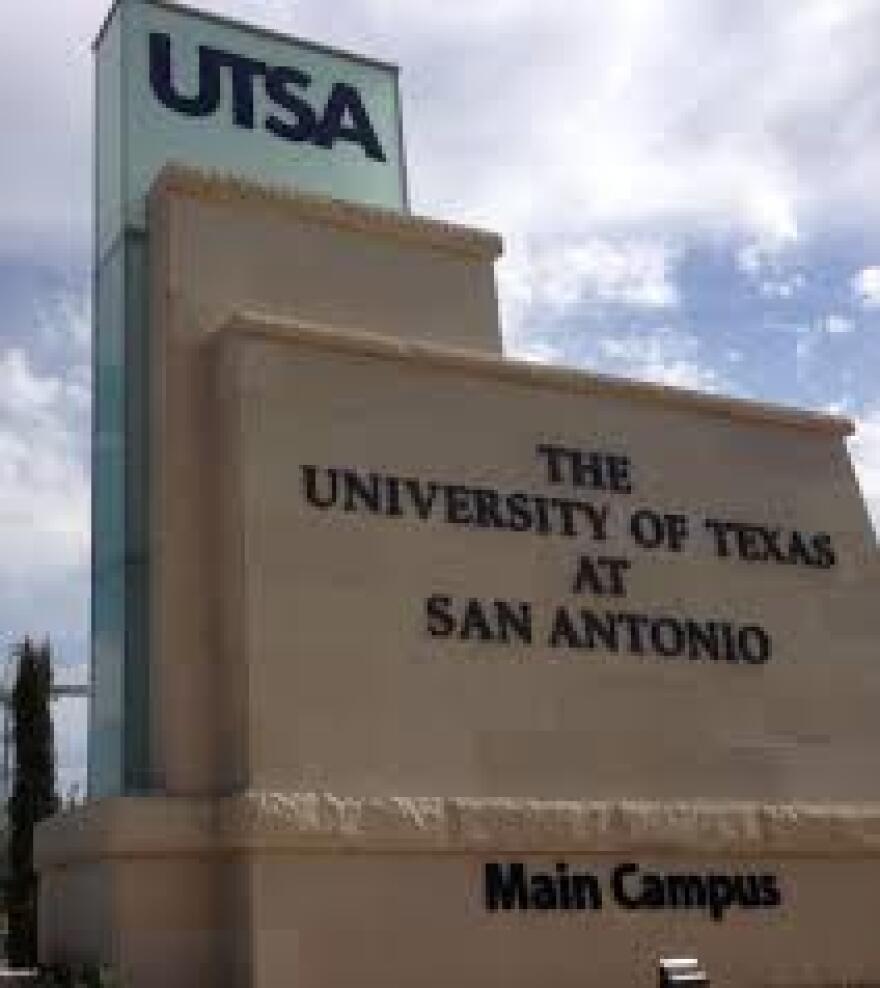Software bugs are expensive. One estimate said it cost the U.S. economy $60 billion a year, and that was 14 years ago.
These bugs crop up in poorly designed code, or in situations that programmers didn't expect. Software bugs have destroyed spacecraft like NASA's Mariner 1, and cost Knight Capital hundreds of millions over illegal online stock trades.
Detecting software glitches is time consuming and labor intensive, but UTSA professor Abdullah Muzahid wants to create a piece of hardware that can find these glitches – as well as cyber security issues – in real time. Ideally, the hardware would catch issues early and reduce the costs of impact. Muzahid wants to do it all with artificial neural networks and machine learning.
"A lot of the research issues have not been solved yet," says Muzahid. He says the project will be as much about research as about development.
He was just awarded $450,000 from the National Science Foundation to study and the issue and find a solution. Muzahid has been studying bugs his whole life.
“I like puzzles," Muzahid laughs. Before academia, he was often coding programs and debugging them annually, which he describes as annoying and repetitive.
"Since I am basically looking for different patterns it would be easier to use some kind of neural network for that," he says.
Neural networks are computer systems and networks that try and replicate the structure of the human brain for machine learning.
Currently, neural networks are used in many apps and websites. Google uses neural machine learning for its app Google Translate, which deciphers human speech and written words into other languages. The company says it has dramatically improved the accuracy of their translations. Neural networks are also used in facial recognition software.
Muzahid says companies have already used the technique for debugging, but mostly through software based applications, making the process slow. He says hardware can increase the speed and allow companies real-time software bug detection.
But, he says, it won't come easy, and it won't come cheap. Hardware is notoriously expensive to build, so Muzahid does think he will need to get additional funds when they reach that point.
The project is funded for five years. He hopes – at the end – that he has a working prototype that will save coders time and business money.


